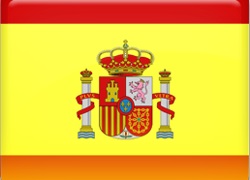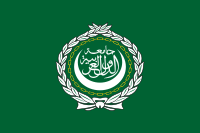Millions celebrated Diwali across India, lighting lamps, exchanging sweets, and gathering with loved ones. The Supreme Court allowed only “green” firecrackers amid pollution concerns, while Prime Minister Modi celebrated with navy personnel aboard the INS Vikrant, praising their bravery.
India Celebrates Diwali Amid Pollution Concerns and Modi’s Naval Visit


Diwali celebrations filled the air with color and light across India on Monday as millions of people illuminated their homes with traditional oil lamps and decorative lights to mark the Hindu festival. The atmosphere was vibrant, with families preparing days in advance to welcome the “festival of light,” which holds deep cultural and spiritual significance.
The festival, which lasts about five days, is celebrated most prominently in northern India but extends across the country and beyond. It symbolizes the triumph of good over evil and light over darkness. Although it is rooted in Hindu traditions, Diwali also brings together people of various faiths, including Sikhs, Jains, and Buddhists, who join in the celebrations in their own ways.
Many families take the opportunity to thoroughly clean and redecorate their homes before the festival begins, often applying fresh coats of paint to symbolize renewal and purity. It is also customary for people to wear new clothes and gather with loved ones to celebrate. Exchanging sweets, known locally as “mithai,” is a central tradition, as sharing food represents goodwill and community. The weekend provided an added boost for gatherings this year, allowing families and friends to come together for festive meals and joyful reunions.
Beyond India’s borders, Diwali is celebrated widely across South Asia and among Indian communities around the world. In neighboring Nepal, the festival is known as “Tihar,” and carries similar cultural and spiritual meanings. It has also gained increasing popularity among the Indian diaspora in countries such as Malaysia, Singapore, the United Kingdom, and the United States, where people decorate their homes, organize community events, and light lamps to honor the occasion.
However, one aspect of the festival has become increasingly controversial — the bursting of firecrackers. While fireworks have long been part of Diwali tradition, many environmentalists and health experts warn that the practice worsens India’s already severe air pollution, particularly in the capital city, Delhi. Every year, the city becomes blanketed in dense smog during the winter months, and Diwali celebrations are often blamed for intensifying the problem. On the other hand, supporters of the practice argue that fireworks are an inseparable part of the festival and hold cultural significance.
In response to the ongoing debate, India’s Supreme Court recently allowed the sale of “green” firecrackers — designed to emit less pollution — while enforcing strict rules regarding their sale and use. The decision reflects an effort to balance environmental concerns with cultural traditions.
Meanwhile, Indian Prime Minister Narendra Modi marked the festival by visiting Indian navy personnel aboard the INS Vikrant, an aircraft carrier stationed off the coast of Goa. Modi was greeted with a musical performance on board, where naval personnel sang “The Vow of Sindoor,” a song that references India’s brief military confrontation with Pakistan in May, during which New Delhi carried out airstrikes under an operation called “Operation Sindoor.”
In his Diwali address, Modi paid tribute to India’s armed forces, likening the glimmer of sunlight on the ocean’s surface to the lamps of Diwali lit by brave soldiers guarding the nation. He praised their courage and dedication, remarking that the strength and presence of the INS Vikrant had given “sleepless nights” to Pakistan.
Across the nation, the spirit of Diwali continued to shine — from the humblest homes to the grandest temples — with millions celebrating hope, unity, and the enduring belief that light will always overcome darkness.

 বাংলা
বাংলা  Spanish
Spanish  Arabic
Arabic  French
French  Chinese
Chinese 
